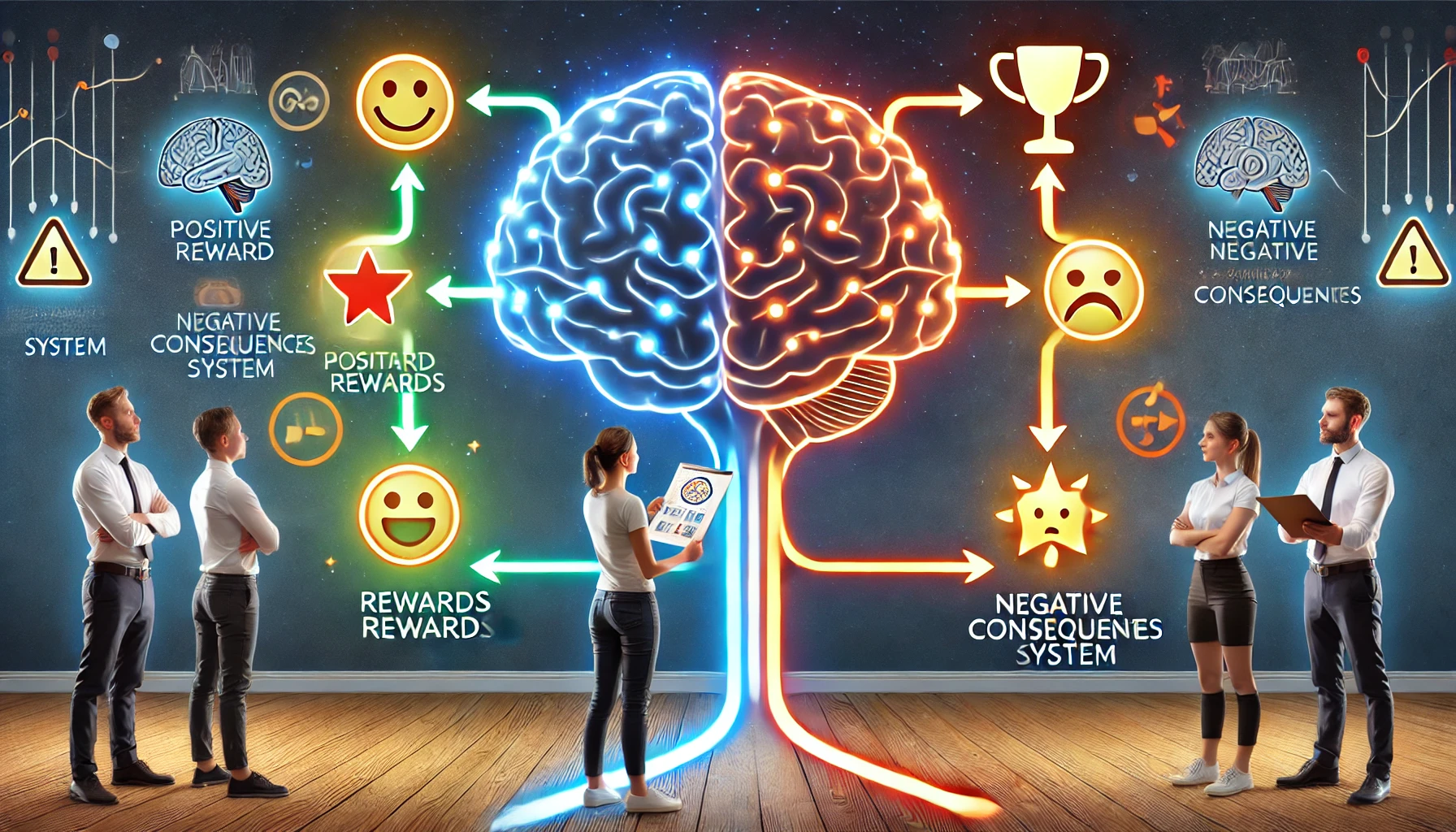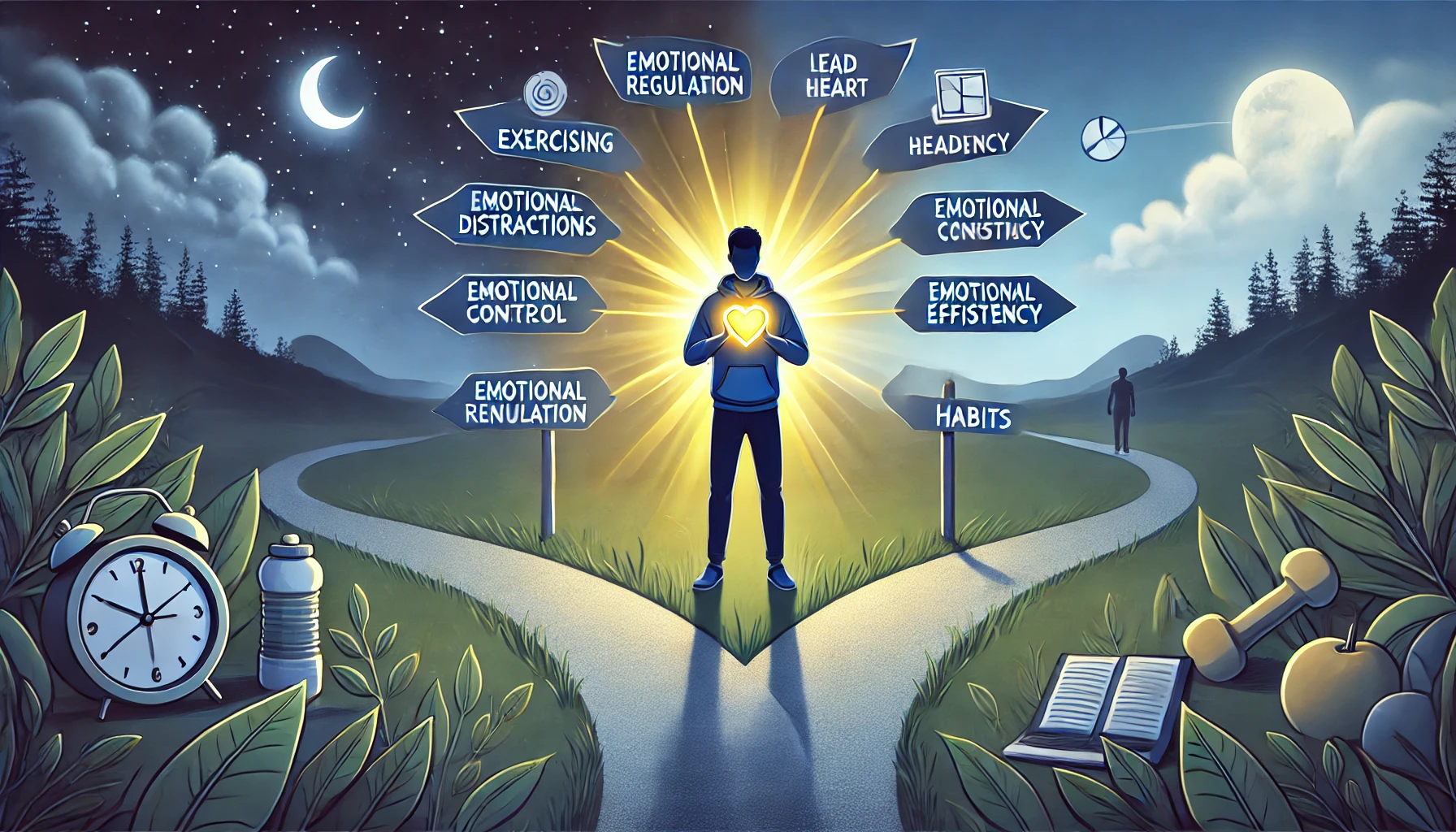Building positive habits isn’t just about willpower—it’s about understanding how your brain forms habits and using that knowledge to make change easier. When you align habit-building with your brain’s natural mechanisms, you can create lasting routines without relying on motivation alone.
Neuroscience reveals that habits are the result of neural pathways strengthening over time. By strategically reinforcing the right behaviors, you can rewire your brain to make good habits automatic while eliminating bad ones.
In this article, you’ll learn how to use your brain’s natural processes to create positive habits effortlessly.
1. How the Brain Forms Habits
Your brain is wired to seek efficiency. Every action you repeat strengthens neural connections, making behaviors more automatic over time. This process is controlled by a brain structure called the basal ganglia, which stores repeated actions so your brain doesn’t have to consciously think about them.
The Habit Loop: How the Brain Automates Behavior
According to neuroscience, habits follow a three-step loop:
- Cue – A trigger that signals the brain to start a habit.
- Routine – The behavior itself.
- Reward – A positive reinforcement that tells the brain the habit is beneficial.
📌 Example: If you drink coffee every morning, the cue might be waking up, the routine is making coffee, and the reward is the caffeine boost. Over time, this loop makes drinking coffee automatic.
To create positive habits, you need to intentionally design habit loops that align with how your brain works.
2. Strategies to Create Positive Habits Using Brain Science
✅ a) Use Habit Stacking to Attach New Habits to Existing Ones
Your brain learns faster when new habits are linked to familiar routines. Habit stacking takes advantage of this by attaching a new habit to an existing one.
🔹 Formula: “After I [current habit], I will [new habit].”
🔹 Choose a habit you already do daily (brushing teeth, making coffee, checking emails).
🔹 Keep the new habit small and easy to execute.
📌 Example: If you want to start reading more, say “After I drink my morning coffee, I will read one page of a book.” Over time, reading will become part of your morning routine.
✅ b) Start with Micro-Habits to Reduce Resistance
Your brain resists drastic changes, but small, incremental habits bypass this resistance. Micro-habits are tiny versions of a desired habit that are so easy they require no motivation.
🔹 Reduce the habit to 2 minutes or less.
🔹 Focus on consistency before intensity.
🔹 Let momentum build naturally.
📌 Example: Instead of saying “I will work out for an hour,” start with “I will do one push-up.” Once started, it’s easier to continue.
✅ c) Use Immediate Rewards to Reinforce Habits
Your brain strengthens habits when they are linked to immediate rewards. Since many positive habits (like saving money or exercising) have delayed benefits, adding a short-term reward boosts motivation.
🔹 Celebrate small wins – Mark progress on a habit tracker.
🔹 Pair habits with enjoyable activities – Listen to music while exercising.
🔹 Use positive reinforcement – Acknowledge progress to trigger dopamine release.
📌 Example: If your goal is to write daily, reward yourself with your favorite tea or a short break after completing a writing session.
✅ d) Optimize Your Environment to Make Good Habits Easy
Your brain is highly influenced by its surroundings. Making good habits easier and bad habits harder increases the likelihood of success.
🔹 Keep cues for good habits visible – Place a book on your nightstand if you want to read more.
🔹 Reduce friction for positive behaviors – Lay out workout clothes the night before.
🔹 Increase friction for bad habits – Keep junk food out of sight or delete distracting apps.
📌 Example: If you want to drink more water, keep a water bottle on your desk instead of relying on memory.
✅ e) Use the “Never Miss Twice” Rule to Stay Consistent
Missing a habit once is normal, but missing it twice weakens neural pathways and increases the chance of failure. The “Never Miss Twice” rule helps maintain progress.
🔹 If you skip a habit one day, make sure you do it the next day.
🔹 Focus on progress, not perfection.
🔹 Don’t let one setback turn into a pattern.
📌 Example: If you miss a workout on Monday, do a short workout on Tuesday instead of skipping again.
3. How to Rewire Your Brain for Long-Term Habit Formation
✅ a) Use Dopamine to Create Habit Cravings
Dopamine is released before you complete a habit, creating motivation. You can hack this process by creating dopamine anticipation.
🔹 Visualize the reward before starting a habit (imagine the feeling of finishing a run).
🔹 Track streaks and milestones to reinforce progress.
🔹 Use gamification (turn habits into challenges with point systems).
📌 Example: A study found that habit trackers increase success rates by 42% because they trigger dopamine release from progress visualization.
✅ b) Reduce Decision Fatigue to Strengthen Habit Formation
Every decision drains mental energy, making it harder to maintain habits. Reducing decision fatigue frees up willpower for important behaviors.
🔹 Plan habits in advance (e.g., schedule workouts for the same time daily).
🔹 Automate repetitive choices (meal prep to avoid unhealthy eating).
🔹 Use if-then planning (e.g., “If it’s raining, I will do an indoor workout.”).
📌 Example: Barack Obama limited his wardrobe choices to preserve mental energy for important decisions.
✅ c) Surround Yourself with People Who Reinforce Good Habits
Your brain mirrors the behaviors of people around you. Being in an environment that supports your goals increases the likelihood of success.
🔹 Join accountability groups or social circles with similar habits.
🔹 Tell friends or family about your goals to create external pressure.
🔹 Limit exposure to negative influences.
📌 Example: Studies show that people who exercise with friends are 95% more likely to stick with their routine compared to those who go alone.
4. Long-Term Strategies to Strengthen Positive Habits
✅ Prioritize Sleep – Lack of sleep weakens the prefrontal cortex, making habit formation harder.
✅ Eat Brain-Boosting Foods – Omega-3s, B vitamins, and magnesium support cognitive function.
✅ Practice Mindfulness – Being present increases awareness of habit triggers.
✅ Keep Adjusting Your Approach – Experiment with different strategies to see what works best.
📌 Example: Neuroscientists found that habits become automatic after 66 days on average, depending on complexity and consistency.
Final Thought: Train Your Brain to Make Positive Habits Automatic
By understanding how your brain forms habits, you can work with its natural mechanisms instead of against them. Instead of relying on motivation, structure your environment and routines to make positive habits effortless and automatic.
✅ Use habit stacking and micro-habits to reduce resistance
✅ Leverage dopamine rewards and progress tracking to reinforce behaviors
✅ Optimize your environment and reduce decision fatigue for easier habit formation
Start today: Pick one habit, apply these neuroscience-backed strategies, and watch it become a lasting part of your routine! 🚀












Leave a Reply